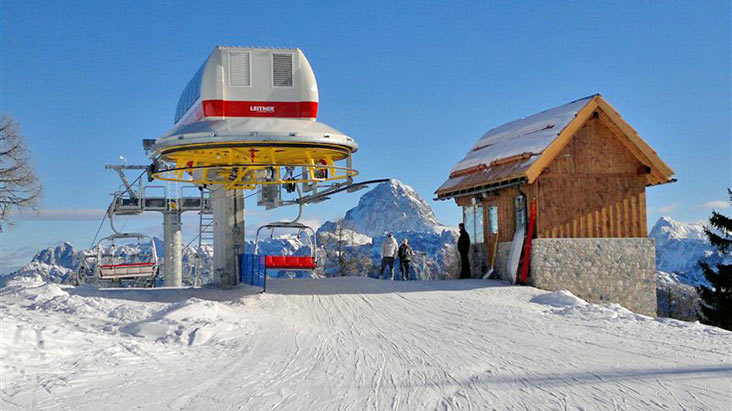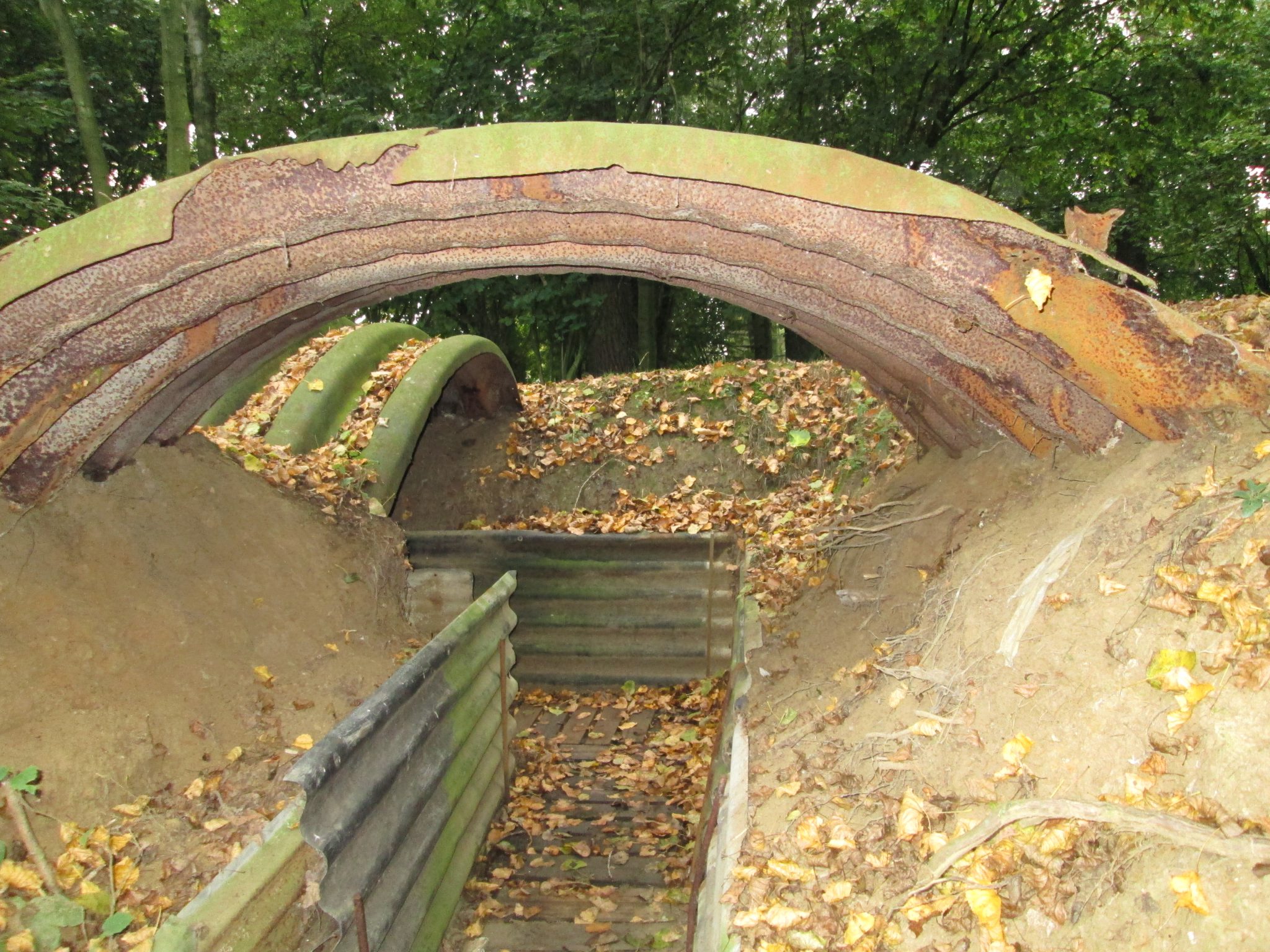
Picture the scene. It’s 4am on a Wednesday morning and I’m sat half-asleep on a minibus heading down to Dover. But let me explain. As a relatively new recruit to the Rayburn Tours team, employed as a writer and full time blogger, it was inevitable that I would be invited to join groups on tour to capture their journeys, emotions and learning outcomes in words.
I’ve always been fascinated by history, so visiting the First World War battlefields was a brilliant opportunity for me both personally and professionally. Plus, as 2014 is the start of the centenary, marking 100 years since men and women fought and lost their lives in WWI, it seemed like a perfect time to visit.
I didn’t even mind the early start (or so I kept telling myself), as it meant we would have time to see as much as possible upon arrival in Belgium. You see, from a staff point of view, the trip was for Paula Kitching, Rayburn Tours’ History Tours Development Manager, to train four brand new tour guides on the techniques she has developed for guiding Rayburn Tours school trips, taking us on a whistle-stop tour of all the main historic sites. Also, due to the centenary, the battlefields are now becoming very busy, meaning we wanted to visit and become familiar with some of the lesser known locations that still allow you to cover the same topics, ensuring as many children as possible are able to visit and learn from the battlefields.
I’m no historian, so had absolutely no idea what to expect from the trip, but I soon learnt that the level of knowledge which the guides possess is absolutely staggering, making it both fascinating and a little awe-inspiring spending time with them! They were able to discuss in depth an incredible array of topics, from medicine to the role of women in WWI, as well as talking us through the multi-faith cemeteries and monuments, opening up interesting discussion points that will be sure to engage schoolchildren and match their curricular learning.
So, although I am the girl that once hiked to the crater of Mount Vesuvius wearing strappy gold sandals, I manned up and purchased my very first backpack and waterproof jacket, reasoning that they were an investment (i.e. ‘ will never see the light of day again’). Either way, I didn’t really care – I was off to Belgium!
My top ten moments:
- Learning from the guides: My top moment has to be learning from the guides themselves, as, without their explanations, I would have had no idea what I was looking at, or even why it was important. For a trip such as the WWI battlefields, the gift of knowledge really helps bring the past to life and engage you with the sheer scale of the war. In particular, the best moment was undoubtedly listening to one of our guides, Lyndon, share his experiences of serving in Afghanistan, explaining the emotions of a soldier on the front line to the group of assembled schoolchildren. As he quite matter-of-factly said, “The biggest thing for a solider is acceptance. You have to accept that you might die”, which was both a shocking and tragic statement, suddenly making it all seem horribly real for both myself and the children.
- Visiting Hill 60: I had no idea what ‘Hill 60’ was, knowing only that it had been the high ground which was occupied by the German army. When we got there, seeing how uneven the ground still is after being repeatedly churned up during the war was unbelievable, making this a moving site for illustrating the lasting scars of war on the countryside. I had never seen earth that was so potholed before in my life and probably wouldn’t have believed you had you told me that after 100 years the earth would still be disrupted as such. Paula also told us a quirky fact here, in that they actually have to use sheep to cut the grass, as the earth is still so bumpy and full of shrapnel that to use a lawnmower would just be too dangerous. Shocking as this fact is, it certainly sticks in the mind, and is just the kind of thing that would be completely lost without a tour guide.
- The Last Post Ceremony at the Menin Gate: The Menin Gate is an incredible structure to enjoy a walk around during the day, as it commemorates over 50,000 British and Commonwealth soldiers whose graves are unknown. But it is every evening, at 8pm, when the Menin Gate really comes to life, being the location of a daily remembrance ceremony which is hugely popular for visitors to Ypres. For me, it was witnessing the great respect with which the ceremony was conducted, as well as seeing the elderly couple in front of me hold hands, clearly overwhelmed, when I began to appreciate just what the act of remembrance is all about.

- Shopping – of a chocolate kind: On our last morning we visited the local chocolate shop in Ypres. As I stepped inside the shop, it was as if everything were moving in slow motion, the glittering shelves of cellophane housing hundreds and hundreds of bags of sweeties, chocolates and biscuits enticing me in. What can I say? Ten minutes later I emerged triumphant, with a bag of goodies and the sneaking suspicion that I would be pretty popular once I returned home.
- The Ramparts Cemetery: We went for a walk to the Ramparts Cemetery in Ypres, which is a very pretty little cemetery overlooking a lake. Having never seen a WWI Commonwealth cemetery before, what hit me was just how pristine it was. The rows of headstones were beautifully clean and well maintained, while the plants gave the feel of being in a peaceful English garden, where people are encouraged to walk around and take in the lovely surroundings, as is indeed the aim. One of my lasting memories from the whole trip happened here, when I saw a headstone engraved with the words “Gone but not forgotten from his loving wife and baby Peggy”. Out of everything I had seen, it was this simple message from a grieving family which really brought home the fact that these headstones were commemorating real people who once had families and their whole lives ahead of them.
- Finding my surname at Tyne Cot Cemetery: As we were leaving, I happened to spot some ‘Weaver’ names on the memorial wall. If I had learnt one thing on this trip, it was that trying to comprehend suffering and loss on a large scale is all but impossible. You will, however, be blindsided when you least expect it. It may be a photo propped against a headstone, a personal message, or simply a name – perhaps even your own – which makes it all terribly real. This would also be an incredibly effective way to engage schoolchildren with their past, as I learnt there is nothing more humbling than standing looking at your own surname, written on a memorial wall for the fallen.

- Ploegsteert visitor centre and Memorial: The brand new visitor centre had a fantastic exhibit showing the positions held by the different lines, helping schoolchildren see for themselves how very close the German Army came to occupying Ypres. Then there’s the neighbouring cemetery and memorial, where a Last Post ceremony is held every first Friday of the month, making a perfect – and less crowded – alternative to Menin Gate.
Prowse point is also nearby, where the famous football match of the Christmas Eve truce took place in 1914. As our guide Trevor told me, he has taken groups of children in the past to actually have a kick about at the exact location, which feels like a fitting tribute. As Trevor said, “It’s easy for kids to read books and watch TV, but seeing is believing. A photograph won’t do it justice. Here, they’re walking on the ground of their forefathers”. - Bayenwald German trenches: The Bayenwald German trenches provided an extraordinary opportunity to compare the techniques used by the German army in comparison to the British. The German trenches were clearly well-made, with woven willow branches lining their trench walls, while the British trenches we had seen at Hooge were cold, dark places, full of rusting metal and mud, giving a small taste of the horrific conditions that the men had to endure on a daily basis. The simple fact that you are allowed to walk through the trenches is a profound, albeit strange, learning experience, as it is simply incredible to think that people had to live in these very trenches that you are walking though, except we have the luxury of being visitors, stepping out and getting back onto a comfortable coach.
- Finding Nellie Spindler at Lijssenthoek Cemetery: A moving discussion point for children will be seeing the grave of nurse Nellie Spindler, the only woman to be buried at the cemetery, who was just 26 when she died in August 1917. Her headstone read “A noble type of good heroic womanhood”, which sparked an interesting talking point about how it wasn’t just men who laid down their lives as part of the war effort, a fact which will undoubtedly get the girls on visits thinking about how they would cope under such conditions, challenging their ideas about the First World War being a male-only sacrifice.
- Bedford House Cemetery: Often overlooked by tour groups, Bedford House looks small from the outside, but actually has nearly 4,000 buried there. As a lesser known site, we were able to walk uninterrupted around this lovely, peaceful cemetery, looking at the more unique graves commemorating a diverse range of soldiers, including Indian, Jewish, Russian, Muslim, Canadian and Commonwealth. This again is a powerful location to bring schoolchildren, where they have the space and time to consider how the war wasn’t just a white, British battle, but included many soldiers from all over the commonwealth. When we visited, we even read a poem about how everyone is equal in death, which felt very apt, considering all these different people from far flung corners of the globe are now resting side by side in the same plot of land.
So those are my best ten moments, though in reality the whole trip was one long learning experience, where I took away more knowledge than I ever thought possible. Now, having come back to the office, my visit to the battlefields has definitely awoken a renewed interest in history and the First World War, and I am now trying to find my own ancestors after seeing first-hand and hearing from the guides about their sacrifice.
All that’s left is for me to thank Paula and the new guides; Trevor, Tony, Noel and Lyndon, for allowing me to join their trip. I learnt an incredible amount, as well as seeing for myself the tremendous sacrifices which were made by men and women during the First World War. It’s been both a privilege and a pleasure.
